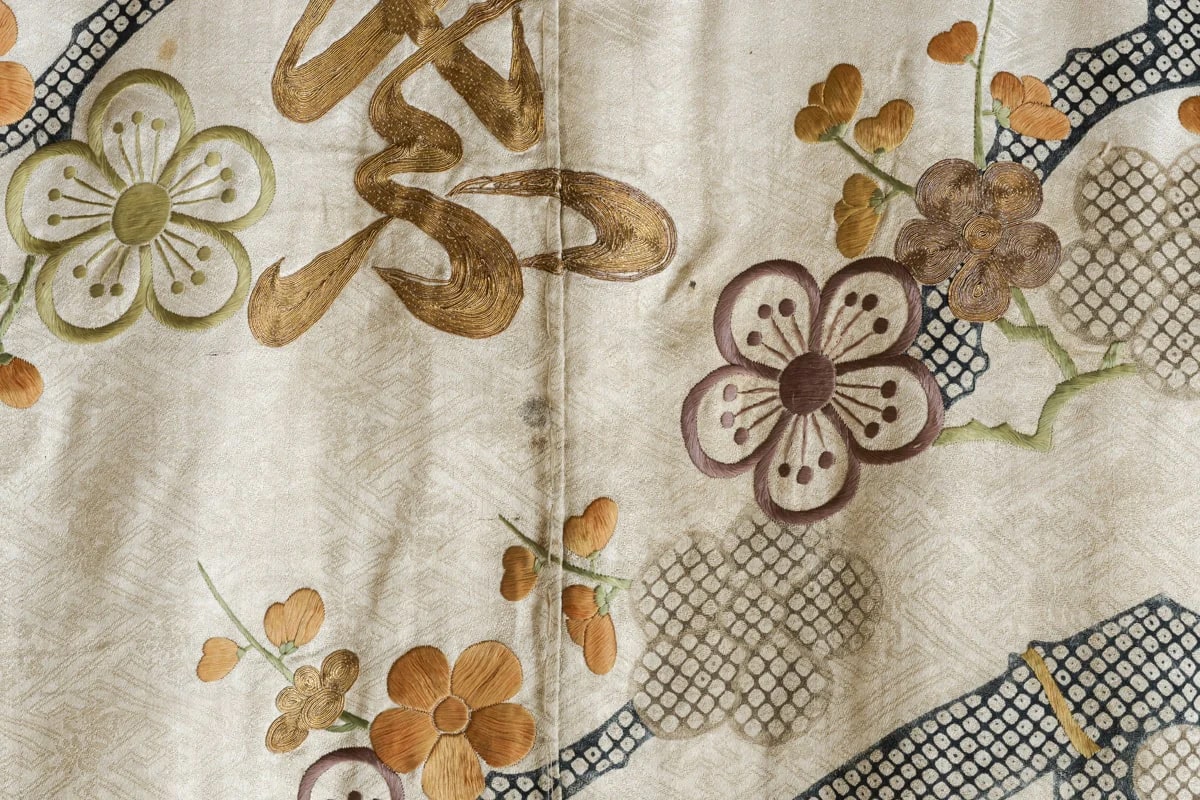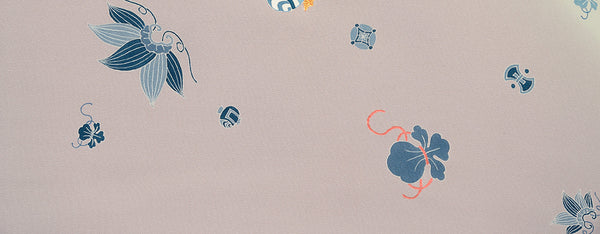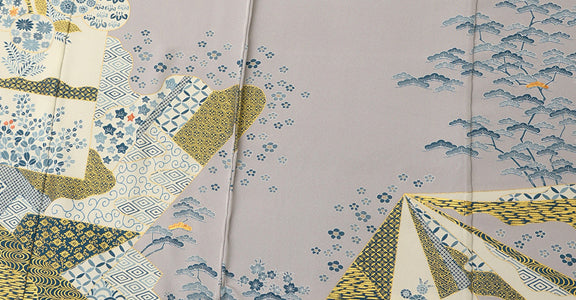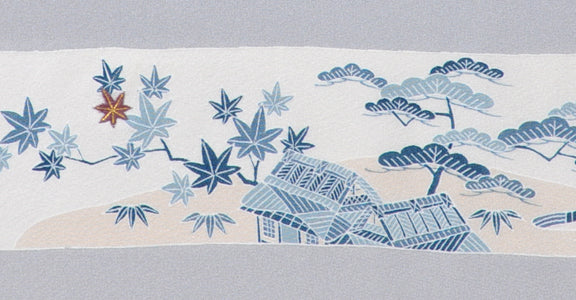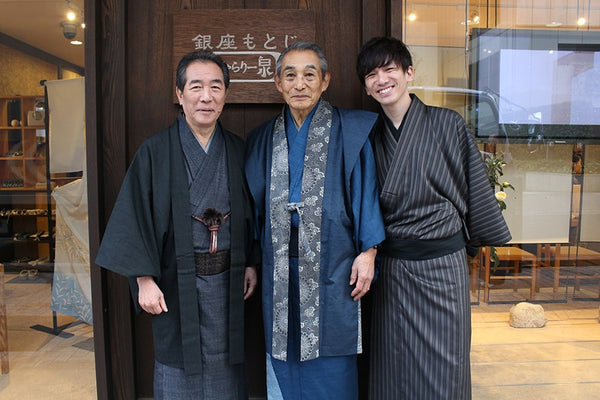An extraction from a kimono titled Shirorinzuji-Shochikubai-Mojichirashimoyo-Hitta-Kosode
The Reiwa Kanbun Kosode Revival exhibition will be held from Friday, August 25th to Sunday, August 27th, featuring a special kosode based on works from the 350-year-old Tanabata Collection. Using this collection as inspiration, the fifth generation of the Tanabata family, Tanabata Kihachi, has created new kosode for the Reiwa era.
So, what exactly does Shirorinzuji-Shochikubai-Mojichirashimoyo-Hitta-Kosode mean?

"Radiant Beauty of Kosode: The Tabata Family Collection" (Asahi Shimbun, 1990) White silk rinzu - shibori and embroidery
Shirorinzuji-Shochikubai-Mojichirashimoyo-Hitta-Kosode
Length: 133.7 cm Sleeve to Sleeve: 60.6 cm
On the 26th and Sunday the 27th, we will have a limited-time display of highly historically significant kosode (a type of kimono from the early Edo period) that is also featured in the Tabata Collection catalog (as shown in the photo above). We are pleased to provide an overview of the displayed kosode along with an explanation of its name: Shirorinzuji-Shochikubai-Mojichirashimoyo-Hitta-Kosode
This kosode is crafted on a white rinzu fabric, featuring scattered motifs of pine, bamboo, plum, and characters. The intricate hitata shibori technique has been employed in its creation, adding to its exquisite beauty. Please join us on these special days to witness this remarkable piece of history.
What is a Kanbun Kosode?
"Kanbun Kosode" refers to a style of kimono that became popular during the Kanbun era of the Edo period (1661-1673). It features a dynamic pattern composition, with large motifs expanding from the right shoulder to the left shoulder and the right hem, while the left front body has boldly spaced areas. The dyeing techniques used in Kanbun Kosode often involve shibori combined with embroidery. The patterns depicted on these kimonos draw inspiration from a wide range of sources, including plants, animals, objects, and even characters or letters.
What is Shirorinzuji?
"Rinzu" is a type of fabric woven with untwisted thread. It is known for its lustrous appearance, soft and smooth texture, and the distinctive raised patterns created by the weaving technique. It has a hand similar to a medium weight silk satin damask. The pattern woven into the fabric is called Sayagata.
Sayagata is a traditional Japanese motif that represents continuity and longevity. It is derived from a stylized and continuous version of the manji symbol (卍) used in Sanskrit and Buddhist iconography. In rinzu fabric, sayagata patterns are often combined with elements like chrysanthemums or orchids, and these designs were commonly found in rinzu fabrics during the Edo period.
What is Sho-Chiku-Bai?
Also known as the Three Friends or the Three Friends of Winter, Sho-Chiku-Bai is a decorative motif adapted from Chinese ceramics that incorporates elements of pine, plum, and bamboo. These three plants are associated with winter because pine and bamboo remain green year-round and plum is among the first trees to flower in the spring. Together these elements represent the attributes of longevity (pine), pure spirit (plum), and flexibility (bamboo)
At first glance, you might notice plum blossoms and bamboo, but you might wonder, "Where's the pine tree?" The pine is actually represented through a unique Japanese pattern called "Matsukawabishi," where the design resembles the diamond-shaped scales of pine bark.
In a publication titled "Radiant Beauty of Kosode: The Tabata Family Collection" the following explanation by Godai Tabatake Kihachi is provided:
"Within the arrangement of the Matsu-kawabishi pattern, bamboo and plum trees are depicted rising from the hem. This is an ingeniously designed composition that incorporates pine, bamboo, and plum trees in an unexpected way."
What is Mojichirashi-Moyo
During the Edo period, kimono designs often included scattered characters that conveyed literary themes. These designs showcased the wearer's cultural refinement and literary knowledge, while also highlighting the aesthetic beauty of the characters as a design element. In this era, literary motifs on kimono were favored, and the use of characters added a touch of sophistication to the garment's overall appeal. In the kimonos displayed in this exhibition, large character motifs are brilliantly expressed through the use of kin-koma embroidery, adding a splendid and radiant aspect to the designs. Kin-Koma is a type of embroidery where a thick gold thread is couched down to the surface of the textile, creating a rich metallic surface.
What is Hittanui-kosode?
A pattern called Kanoko Shibori was beloved in the Edo period. Using shibori techniques, tiny knots were dyed in the fabric creating a resist, leaving behind white spots on the surface of the fabric after dying. It is a labor-intensive and process, producing extremely luxurious garments.
During the Edo period, due to sumptuary laws, the use of kanoko-shibori, was prohibited. This led to the development of a technique called Suribitta, which utilized stencil dye to replicate the pattern. Suribitta is usually called Hitta, Or Hitta Shibori.
This technique became one of the patterns oftenused and passed down within the Tabata family.
Friday, August 25th; The big reveal. The first look at the Reiwa Kanbun Kosode Revival
The complete revelation of this transformation is shrouded in secrecy until just before the exhibition starts, and much like our esteemed customers, our staff is anxiously awaiting the moment of unveiling. The exhibit is scheduled to start from August 25th in our store, Waori-Wasen.
※The event will be covered by the news, and there will be cameras present. We kindly ask for your understanding in this matter.
In addition to the Kanbun Kosode, there is another project that Tahata, is working on for this exhibition. He is recreating the hunting attire or "oshikari" worn by Tōyama Kinshirō (1793-1855), a model for the character "Tōyama no Kin-san," who lived during the Kansei period. Using the original design sketches preserved in the Tahata Collection, he is reviving this attire as a modern haori through the art of dyeing. This creation will also be displayed at the store starting from August 25th.
Celebrating His 88th Birthday, the Fifth Generation Tabata Kihachi will visit us in Ginza Motoji, and will be available to meet visitors for 2 days on the 26th (Saturday) and 27th (Sunday).
Despite his age Tabata continues to wield his brush in the Kyoto workshop, overseeing his creations with great passion. He tirelessly travels by bicycle along the streets of Kyoto, carrying on a legacy that spans back to the Edo period.
During his high school years, he not only belonged to the art club but also founded the judo club and earned a black belt. He served as the student council president and later specialized in aesthetics and art history at Waseda University. After graduating, he pursued Japanese painting at Kyoto City University of Arts and embraced his family's artistic lineage.
His bold, light-hearted, delicate, and witty artistic style captures the hearts of modern stylish women. This is a valuable opportunity for everyone, as he visits from Kyoto to Ginza. We invite all of you to come and meet the fifth generation of such a fascinating legacy.
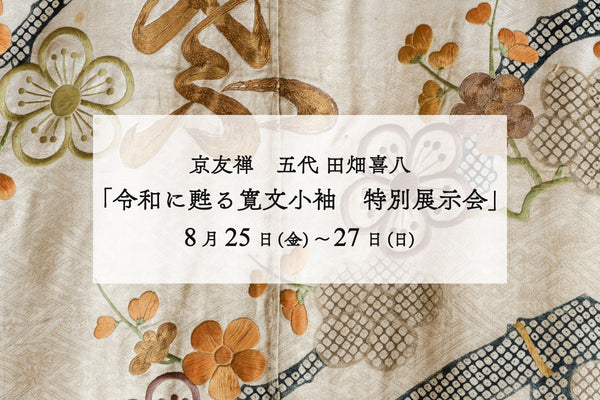
The Tabata family, famed for their bespoke dyeing since the Edo period, have consistently created garments coveted by women from all over Japan.
This time, Tabata Kihachi V has agreed to display the breathtaking Shirorinzuji-Shochikubai-Mojichirashimoyo-Hitta-Kosode in our store for a limited period. We invited you to see these works from both the Edo, and the current Reiwa period, displayed side by side.
Exhibition Period:
August 25th (Friday) - August 27th (Sunday), 2023
For inquiries: 03-3538-7878 (Telephone reception hours: 11:00 AM - 7:00 PM)




TABATA, Kihachi V
A brief history.
- Born in 1935 in Kyoto, Japan.
- Graduated from the Department of Fine Arts at Waseda University in 1959.
- Completed studies in the Japanese Painting Department at Kyoto City University of Arts in 1961.
- Joined the Tabata Dyeing and Weaving Art Institute.
- Established Tabata Dyeing and Weaving Art Institute as a corporation in 1971.
- Assumed the name Tabata Kihachi V in 1995 and became the President and CEO.
- Received the Traditional Crafts Industry Merit Award in 2000.
- Awarded the Order of the Rising Sun, Gold and Silver Rays in 2006.
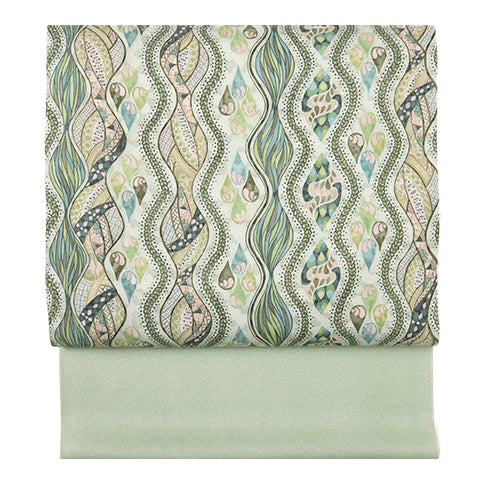 名古屋帯
名古屋帯
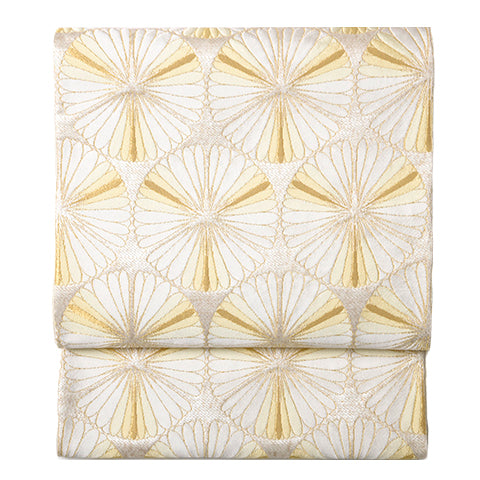 袋帯
袋帯
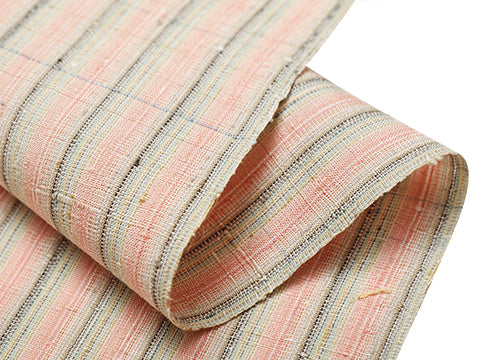 紬・綿・自然布
紬・綿・自然布
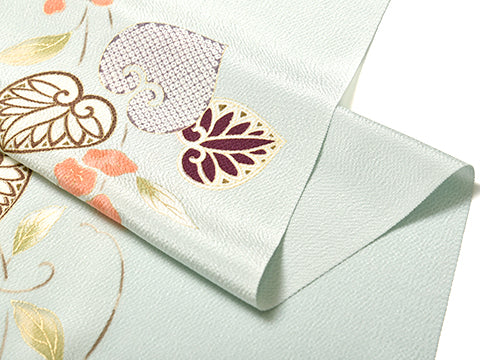 小紋・江戸小紋
小紋・江戸小紋
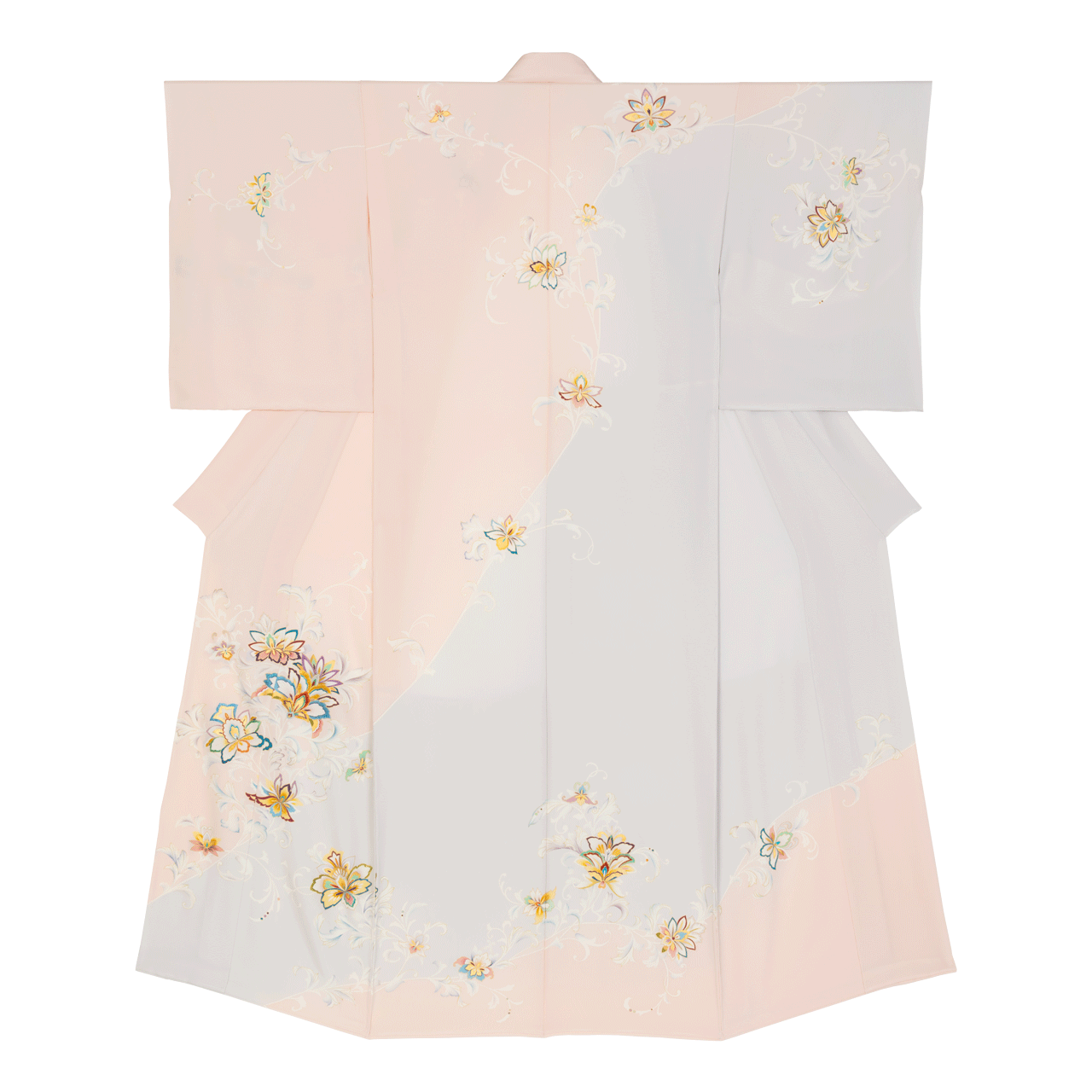 訪問着・付下げ・色無地ほか
訪問着・付下げ・色無地ほか
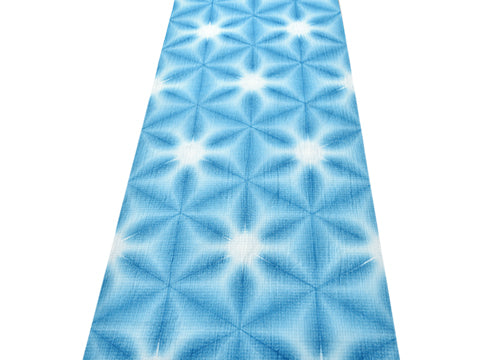 浴衣・半巾帯
浴衣・半巾帯
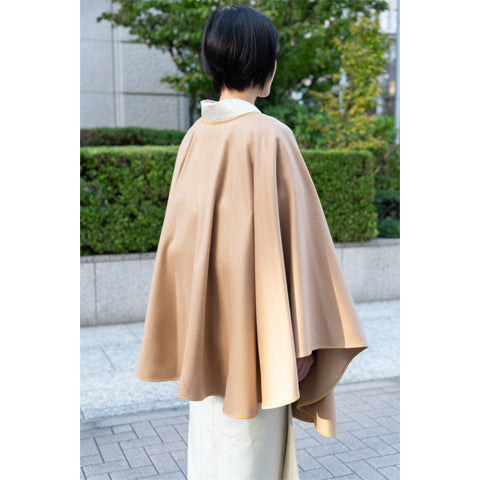 羽織・コート
羽織・コート
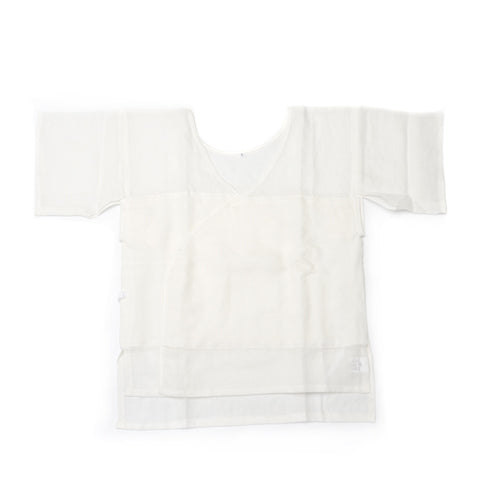 肌着
肌着
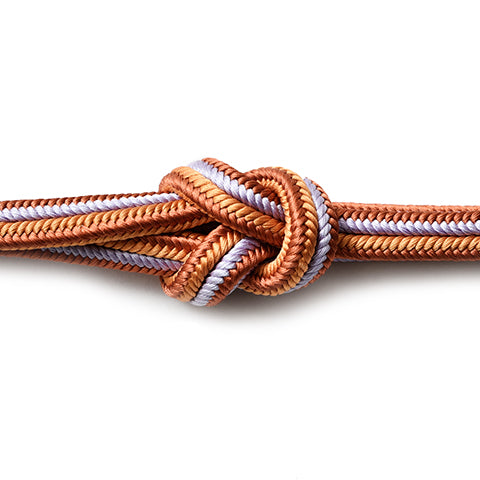 小物
小物
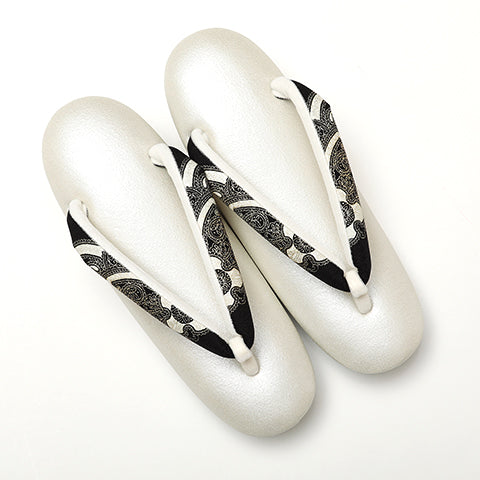 履物
履物
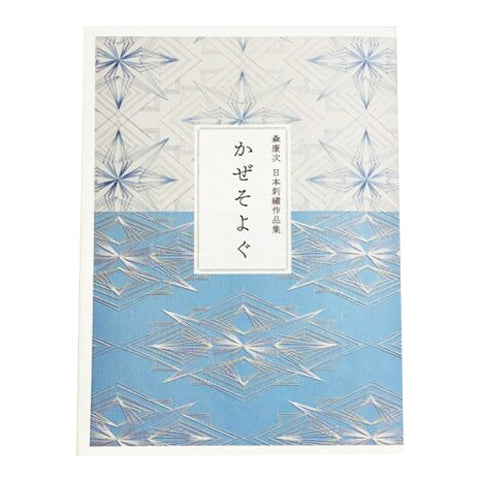 書籍
書籍
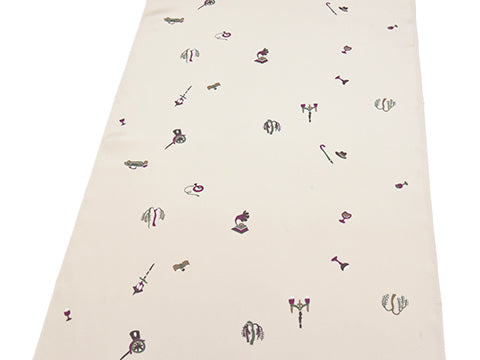 長襦袢
長襦袢
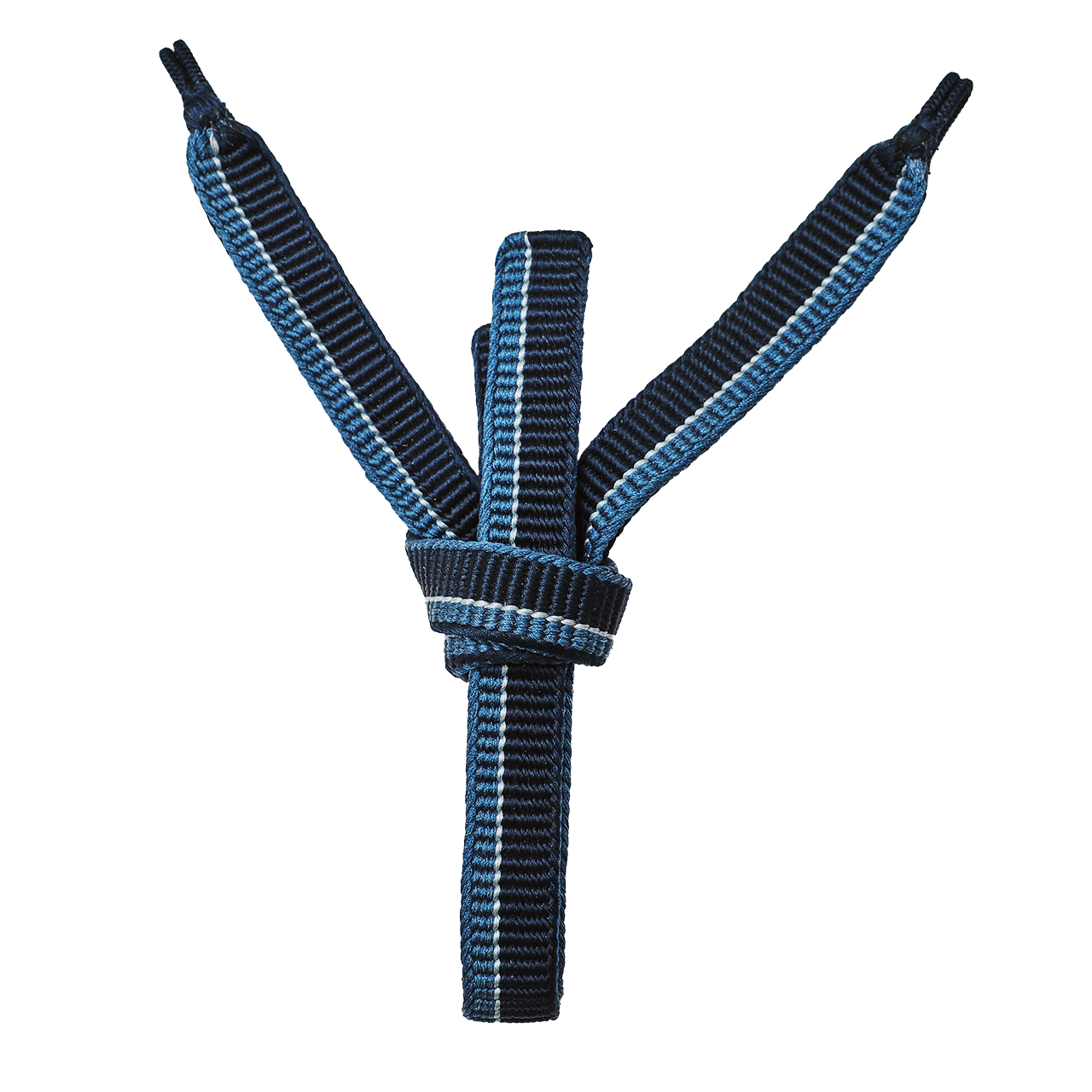 小物
小物
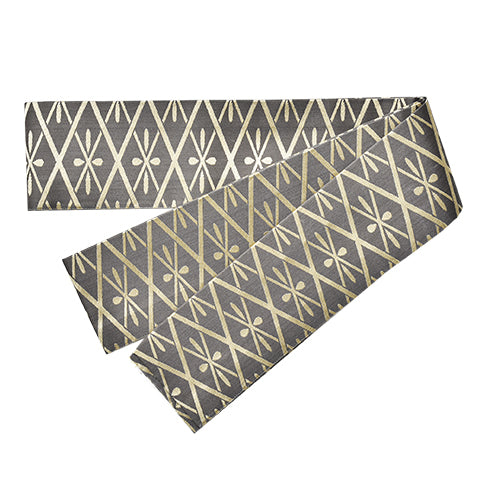 帯
帯
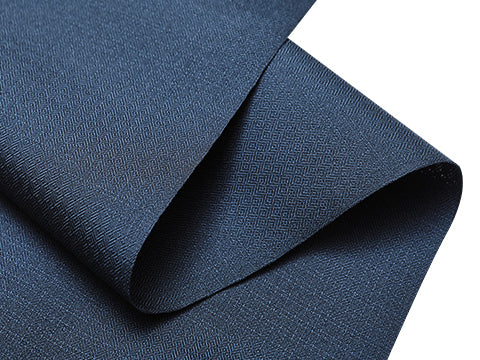 お召
お召
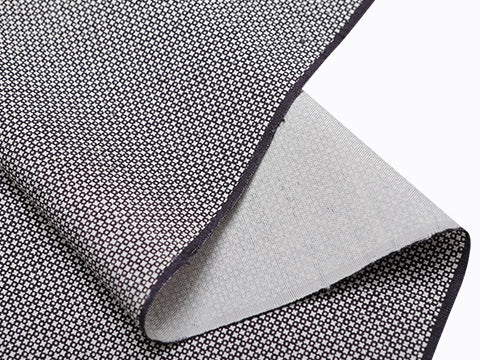 小紋・江戸小紋
小紋・江戸小紋
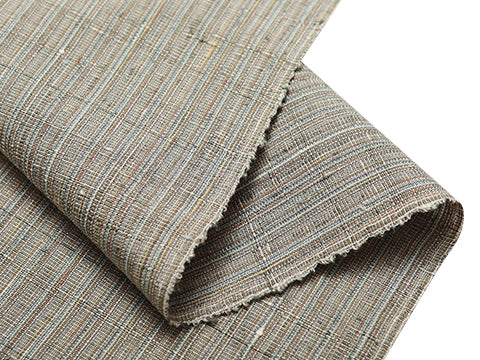 紬・綿・自然布
紬・綿・自然布
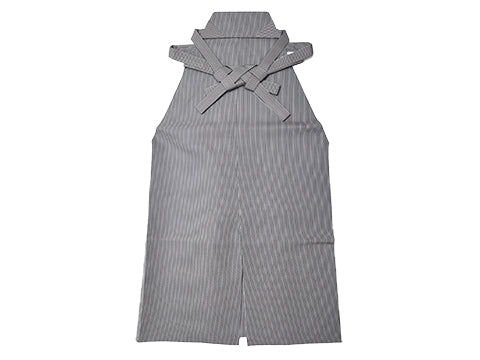 袴
袴
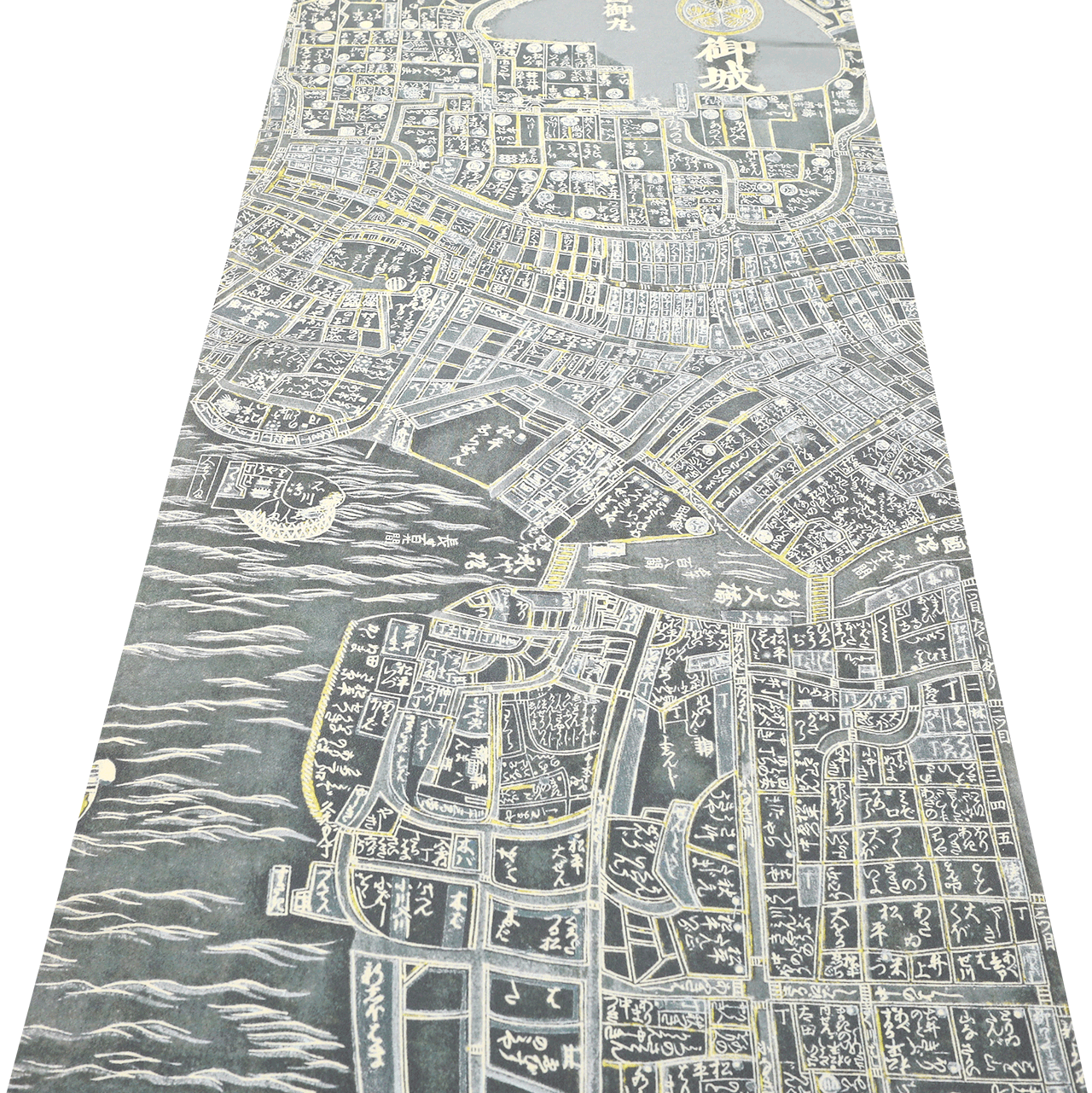 長襦袢
長襦袢
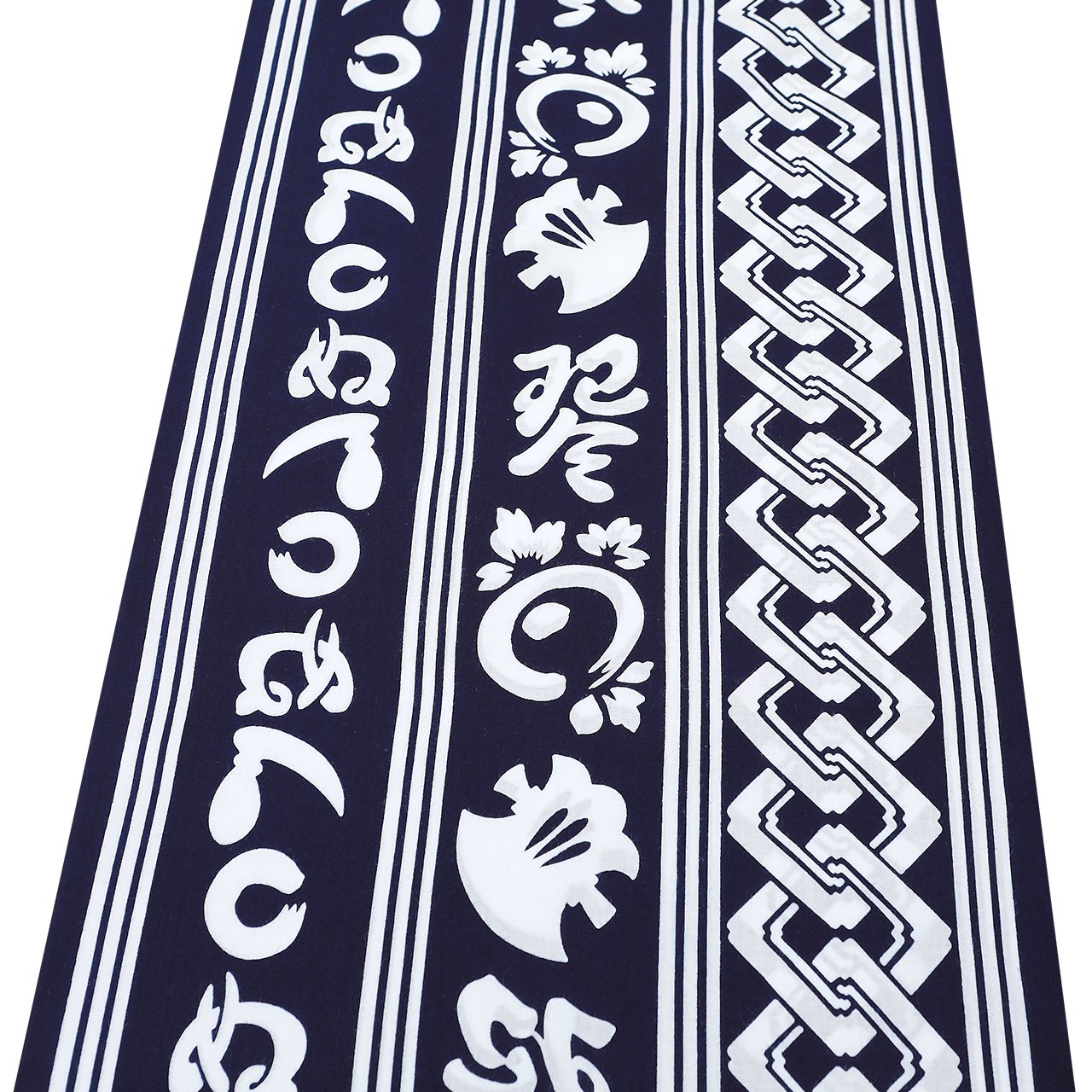 浴衣
浴衣
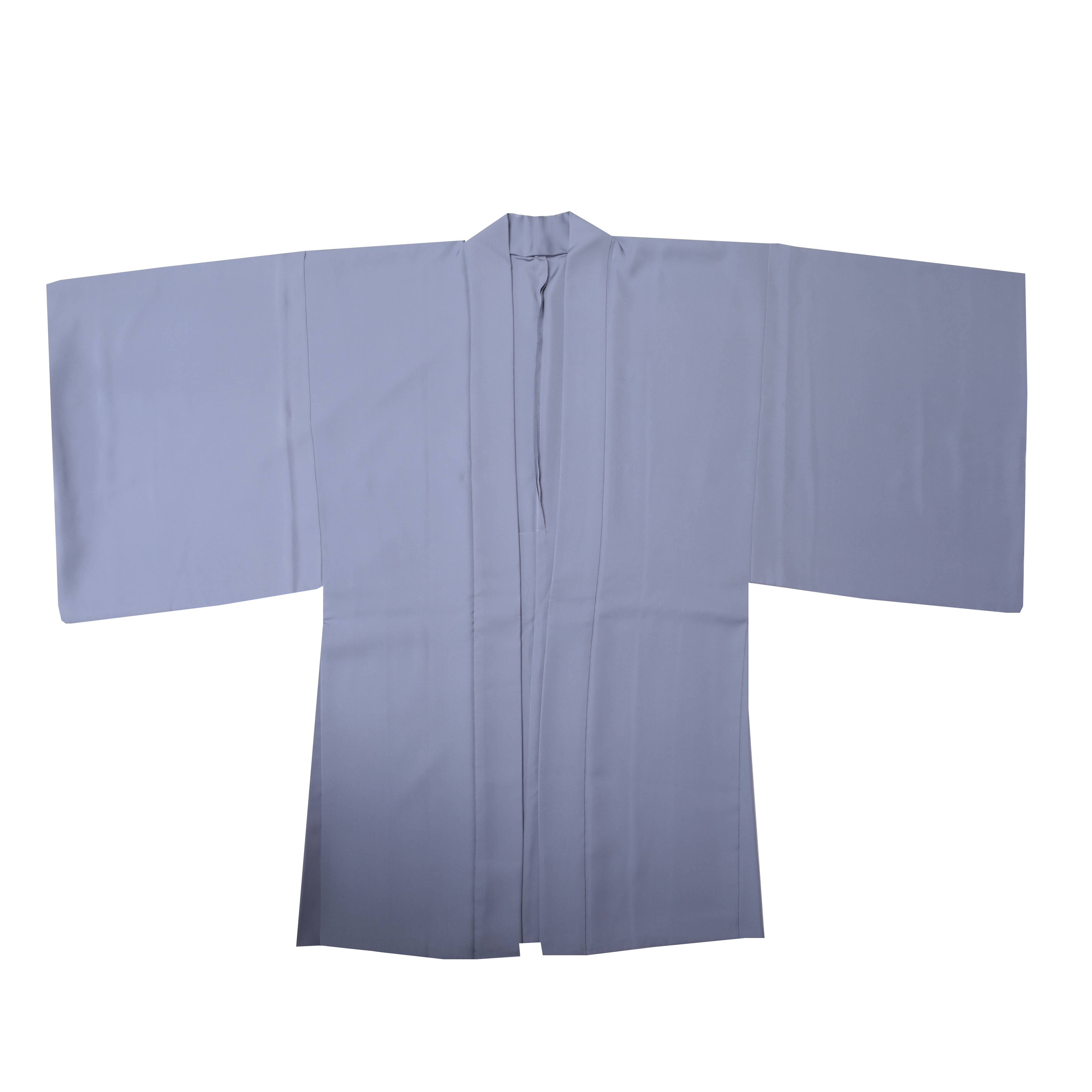 羽織・コート
羽織・コート
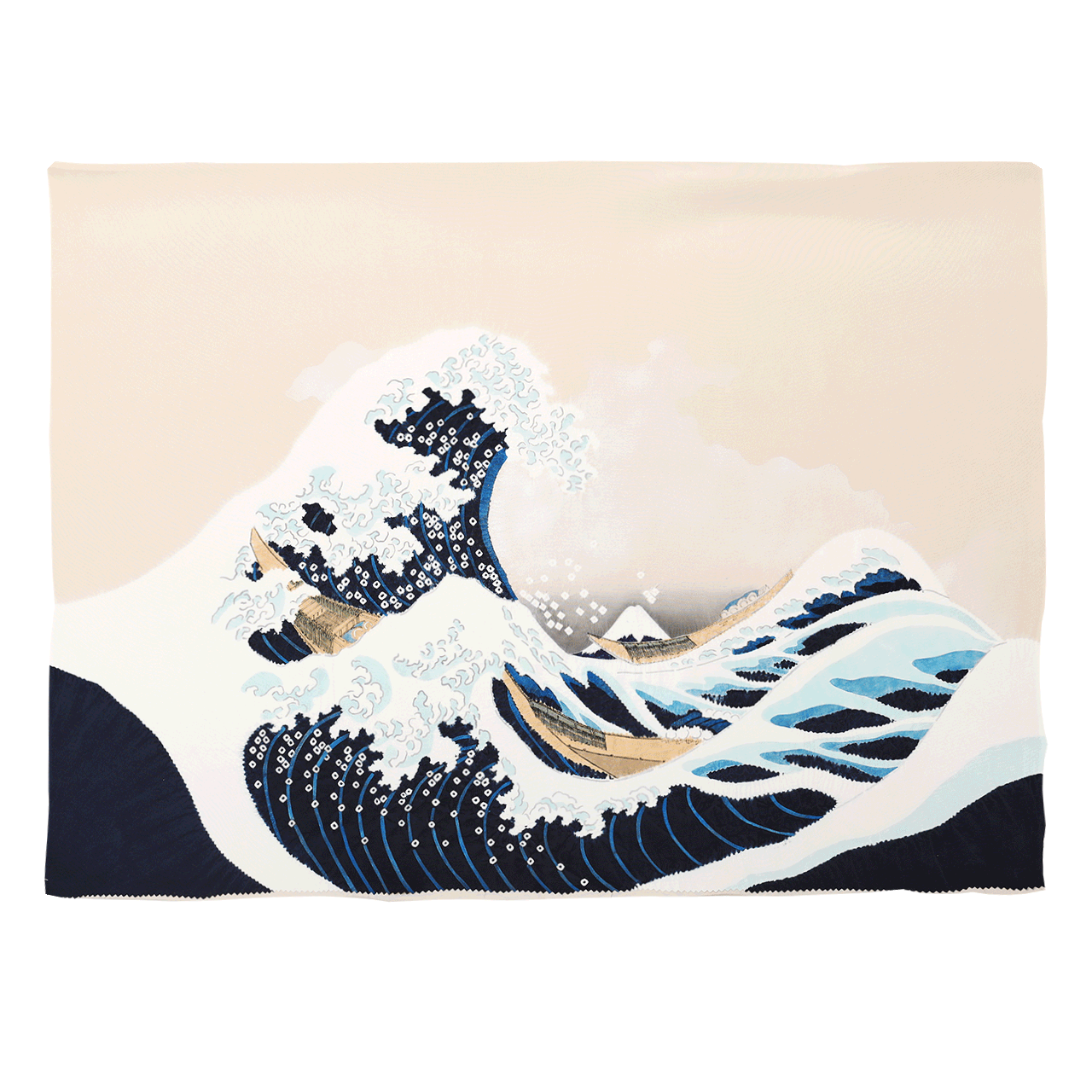 額裏
額裏
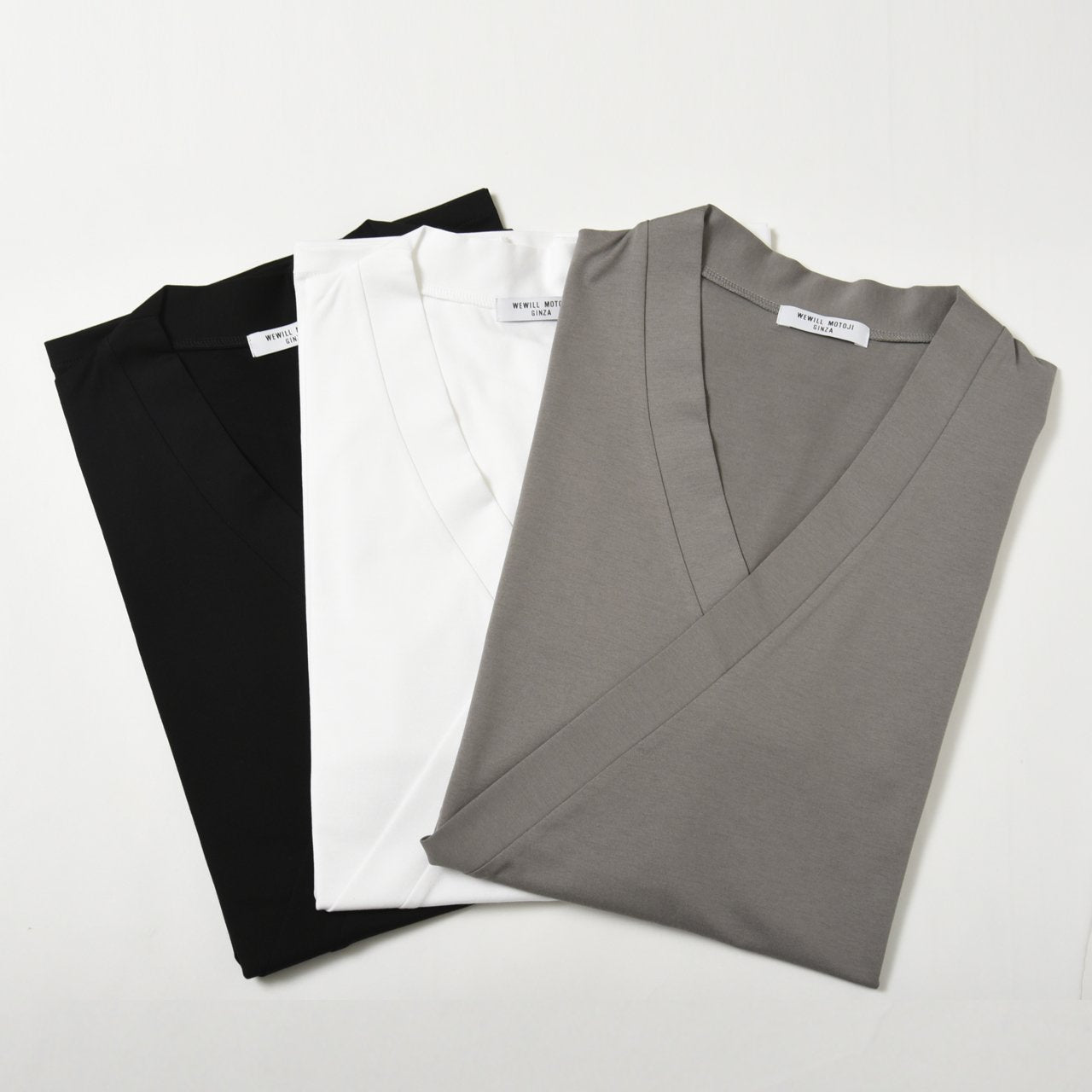 肌着
肌着
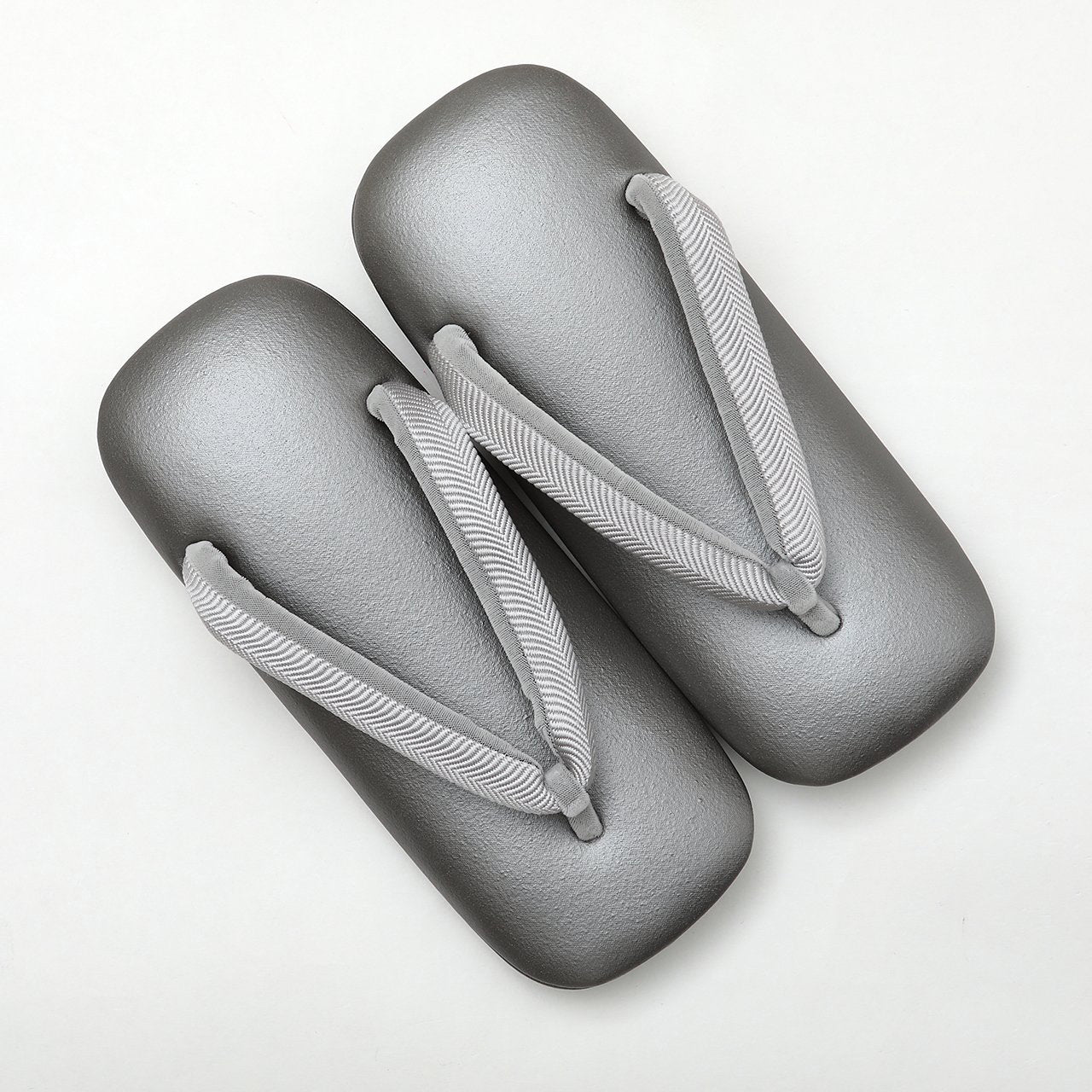 履物
履物
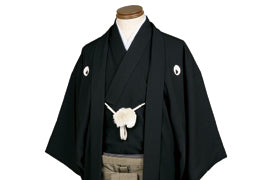 紋付
紋付
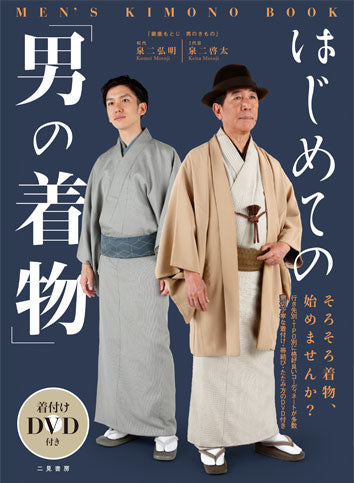 書籍
書籍
